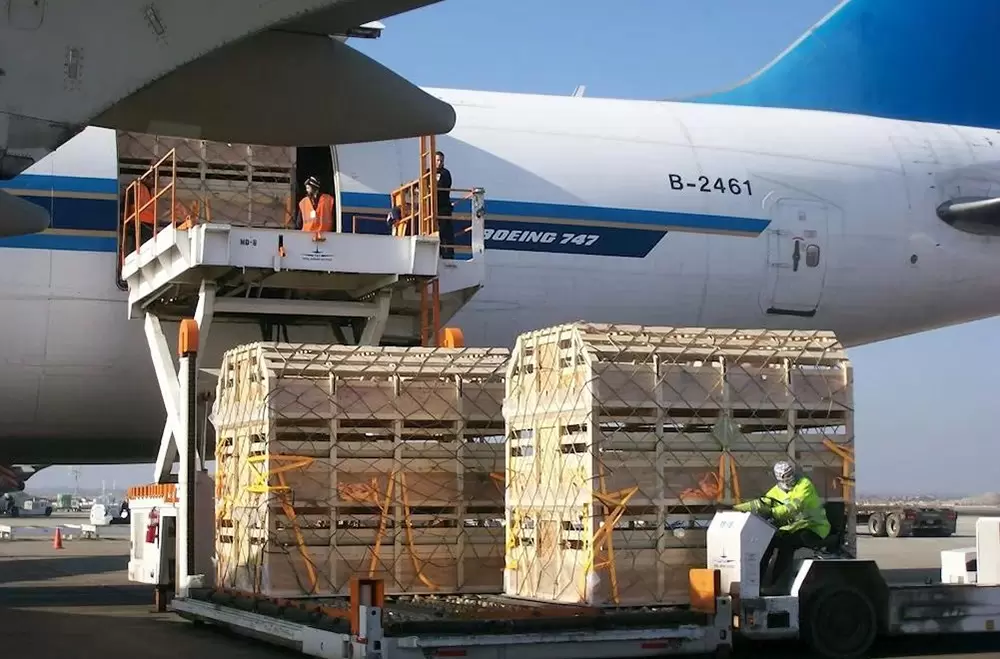
Transloading is a crucial process in the logistics industry that involves transferring goods from one mode of transportation to another. It plays a significant role in optimizing supply chain efficiency and reducing transportation costs. However, understanding the cost factors associated with transloading is essential for businesses to make informed decisions. In this blog post, we will delve into the intricacies of transloading costs, providing you with valuable insights and practical tips.
- Definition and Importance of Transloading:
Transloading refers to the transfer of goods from one transportation mode to another, such as from rail to truck or ship to rail. It enables businesses to leverage different modes of transportation, taking advantage of their respective strengths and cost-effectiveness. By utilizing transloading, companies can optimize their supply chain, reduce transportation expenses, and improve overall operational efficiency. - Factors Affecting Transloading Costs:
Several factors influence the cost of transloading. Understanding these factors will help businesses estimate and manage their expenses more effectively. Here are the key elements to consider: a. Location: The geographic location of the transloading facility plays a crucial role in determining costs. Facilities located near major transportation hubs or ports tend to have lower costs due to better accessibility and infrastructure. b. Mode of Transportation: The choice of transportation mode impacts transloading costs. Different modes have varying requirements and associated expenses. For example, transloading from rail to truck may incur additional costs for equipment, labor, and handling. c. Volume and Weight: The volume and weight of goods being transloaded affect costs. Higher volumes may require specialized equipment or additional labor, leading to increased expenses. d. Handling Requirements: Certain goods may have specific handling requirements, such as temperature-controlled storage or hazardous material handling. These requirements can significantly impact transloading costs. e. Value-Added Services: Additional services, such as labeling, packaging, or quality control, can increase transloading costs. Businesses should evaluate the necessity and cost-effectiveness of these services. - Cost Optimization Strategies:
To minimize transloading costs, businesses can implement several strategies: a. Facility Selection: Choosing a transloading facility strategically can help reduce costs. Consider factors such as proximity to transportation hubs, infrastructure, and available services. b. Consolidation: Consolidating shipments can lead to cost savings by maximizing container or trailer utilization. By combining multiple shipments, businesses can reduce handling and transportation expenses. c. Efficient Inventory Management: Proper inventory management ensures timely transloading and reduces storage costs. Avoiding excess inventory and optimizing order fulfillment can contribute to overall cost reduction. d. Technology Integration: Embracing technology solutions, such as warehouse management systems or transportation management systems, can streamline operations, improve efficiency, and reduce costs.
Conclusion:
Transloading costs are influenced by various factors, including location, transportation mode, volume, handling requirements, and value-added services. By understanding these factors and implementing cost optimization strategies, businesses can effectively manage their transloading expenses. Optimizing transloading costs not only improves supply chain efficiency but also enhances overall competitiveness in today's dynamic market. Stay informed, evaluate your options, and make informed decisions to drive success in your logistics operations.



